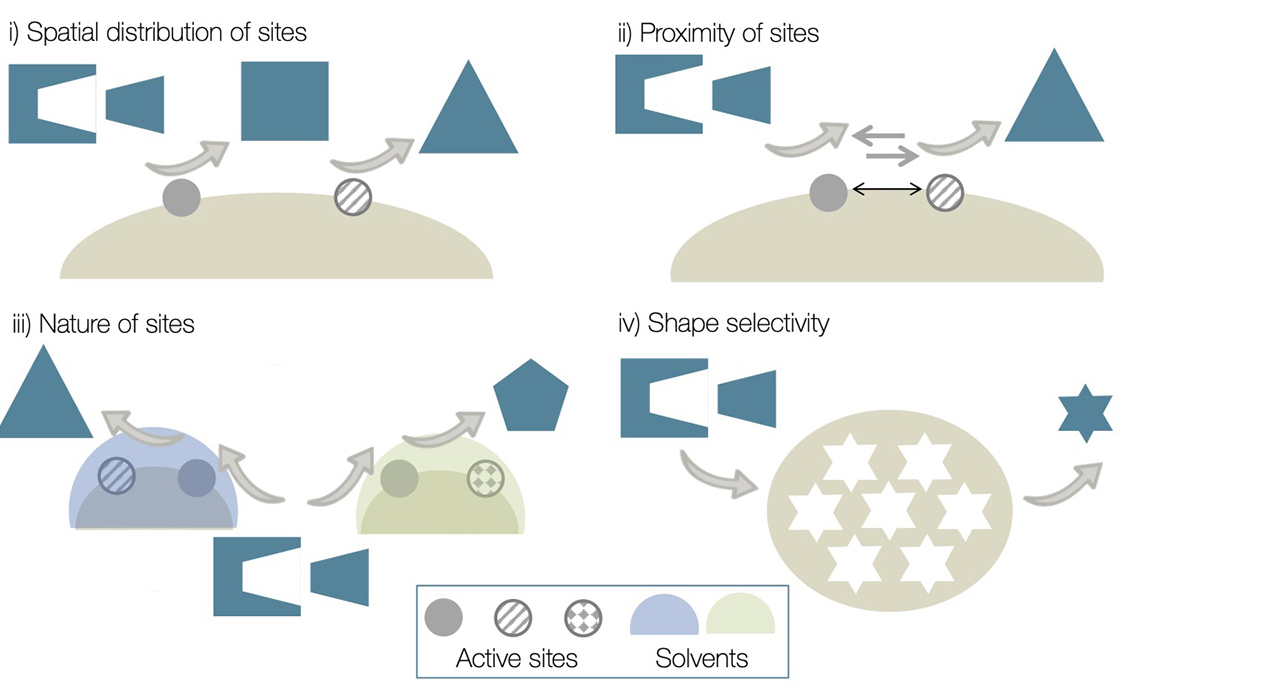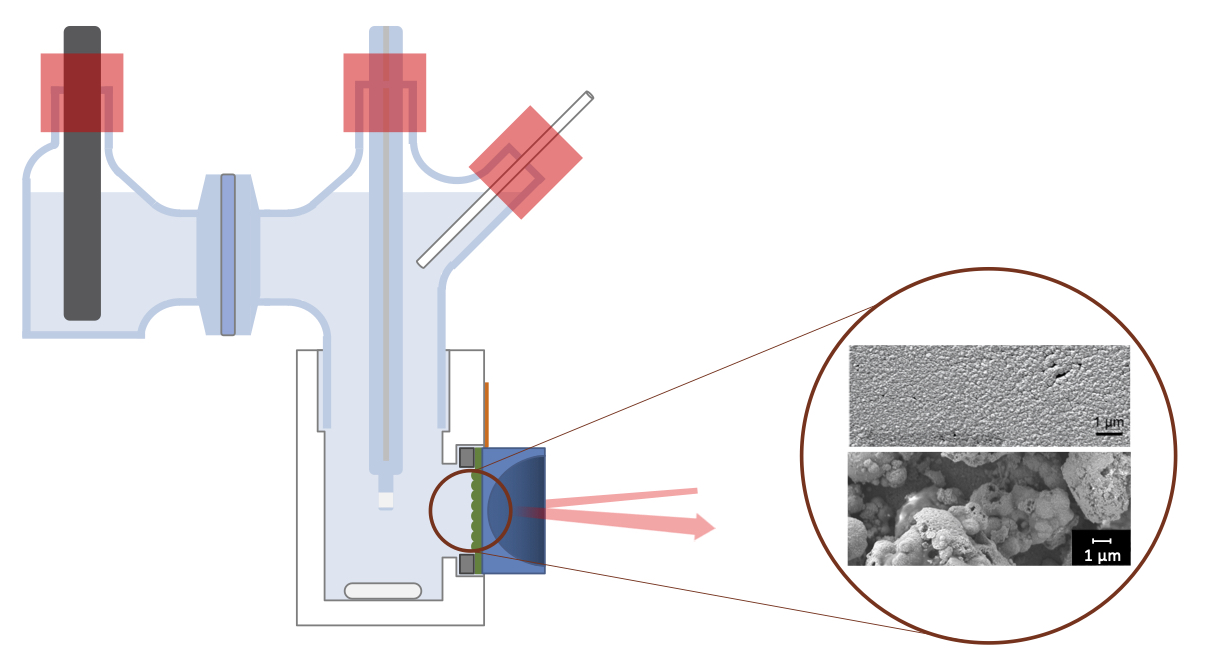We are a group of chemists and chemical engineers passionate about understanding thermo-/electro-catalytic processes occurring at the solid-liquid and solid-gas interfaces on the molecular level, as well as engineering highly energy efficient and selective catalytic materials and processes. We develop novel in-situ/operando characterization techniques to characterize catalysts under reaction conditions, elucidate reaction mechanisms, and establish structure-activity relations.

The overarching goal of research of the Xu group is to develop efficient and selective heterogeneous thermo/electro-catalytic processes to enable the production of renewable energy and chemicals. Intellectually, we are curious about the how surfaces and interfaces mediate catalytic transformations on the molecular level. We routinely employ and frequently develop in-situ/operando spectroscopic techniques, in conjunction with kinetic investigations, to achieve mechanistic understanding. We are also interested in the design, synthesis and characterization of catalytic materials with unique and well-defined architectures. Below are several directions we are actively pursuing.
1) Heterogeneous Electrocatalysis

Key questions:
1) How do species in the electrical double layer respond to the applied potential?
2) How do interactions between species in the electrical double layer impact adsorbed species and surface mediated electrocatalytic reactions?
3) How are relatively inert molecules activated at the electrochemical interface?
4) What are the composition and structure of catalysts during electrocatalytic reactions?
2) Hydrocarbon Chemistry

Key questions:
1) How to selectively activate certain C-H and C-C bonds while protect others?
2) What are the composition and structure of active sites under reaction conditions?
3) How to intensify the process to maximize energy efficiency and selectivity?
3) Biomass Upgrading

Key questions:
1) How do oxygenated functional groups interact with catalytic sites?
2) How do solvents affect the properties of catalytic sites and impact reactivity?
3) How to engineer catalyst architecture and site distribution to enable selective tandem catalysis?
4) Developing Enabling Tools

Key questions:
1) How to characterize catalysts and identify reaction intermediates at reaction conditions?
2) How to increase the spatial and temporal resolution of the characterizations?
3) How to enable operando measurements?
